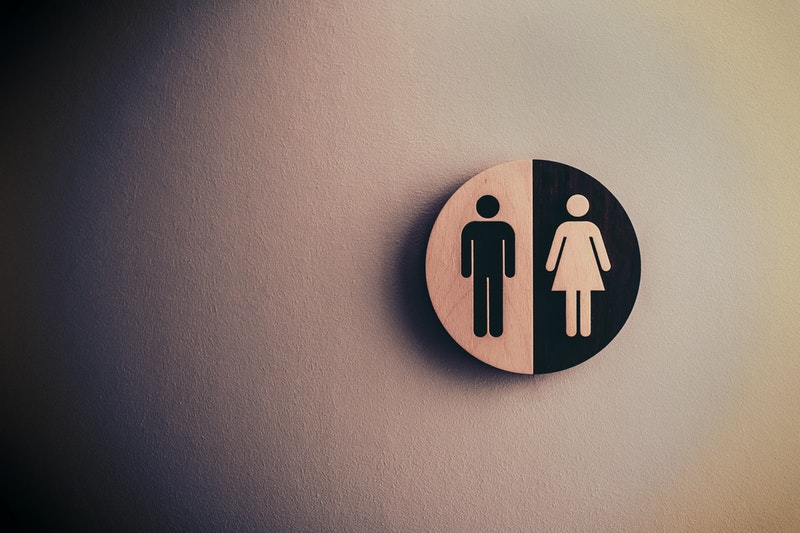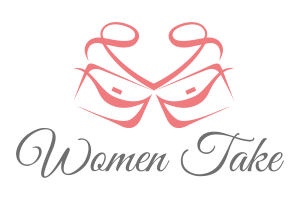
Even though women and men are equal in the eyes of society, injustices still happen. This is not right and by educating ourselves on gender inequality in the workplace examples and instances we can fight it back.
Sadly, gender inequality in the workplace does exist. How you choose to handle it, by talking with a supervisor or manager or going so far as to speak with a labor lawyer Montreal is up to you. Our goal today is to educate you about gender inequality in the workplace 2018.
Causes of Gender Inequality
Causes of gender inequality in the workplace include unequal pay, sexual harassment, fewer promotions granted to women than men, racism, and fear of salary negotiation.
Let’s start with the unequal pay. Women earn about 80% of what men earn, say some statistics. But new research that emerged has suggested otherwise, stating that women earn only 49 cents on the dollar compared to men.
Bear in mind that this data takes into consideration the fact that some women do take time off work to meet the demands of caring for their kids or other family obligations.
Sexual harassment is our next topic, but since that is a serious issue, we have devoted an entire section to it.
Fewer Promotions for women is another big issue and the topic of many gender inequality in the workplace articles. Women are statistically more educated than men, and they make up half the workforce.
Yet, less than 5 percent of female workers are CEOs and less than ten percent make top dollar in the S&P 500. This is even harder on women of color who have practically no representation in this area.
The lack of females in such positions leads to a lack of role models, which makes women feel as though it is impossible to get such a position.
Racism is another huge issue when it comes to women in the workplace. Although many of us know the color of skin doesn’t matter, there are some who think otherwise. Pay may vary based on factors like skin color.
For instance, Asian and Pacific Islander women have the highest median annual earnings, followed by white women, and then ending with Native American and Hispanic women.
Asking to be paid what you are worth is another big factor. For women, this conversation can feel like you are being desperate or even greedy.
They then hesitate and sometimes don’t even follow through with it. More women accept the salary they are given upon getting hired, than do men, 70% and 52% respectively.
Sexual Harassment and Gender Inequality
By now we are all familiar with sexual harassment. Many of us, thanks to workplace courses offered at our jobs or even by simply watching the news have become familiar with its definition and how it has affected both genders, but mostly women.
Harassment can be performed by both men and women, and this unacceptable behavior is not limited to people in positions of power. It can be a coworker, supplier, or even a customer who carries it out.
The perpetrator often feels like their actions are normal, are a form of offering a compliment, or even funny. They may even blame the victim by saying they are “uptight, need to loosen up a little”, or even blame appearance or clothing as the reason for their behavior.
Such instances of sexual harassment can have devastating effects; for instance, a woman might leave a high paying job for a lower-paying one, worsening the pay gap. If it were to come to this, then a sexual harrasment attorney may need to be brought in by the women being harassed so she can have this dealt with in a legal manner.
Gender Inequality Statistics
Here are some gender inequality in the workplace statistics to give you a taste of what the current state of affairs is:
- Less than 5% of CEOS working for an S&P 500 company are females.
- There are less than one-quarter women member of Congress.
- At least one-quarter of women experience sexual harassment while in the workplace
- Almost half of the low-wage workforce is represented by women of color.
- Women make about 20% less than men.
Gender Bias in the Workplace Examples
Certain interview questions may be seen as discriminatory. For instance, the question, “Do you have kids?” or “Do you want to have kids?” are posed more often to women than men. They are not allowed to be asked in an interview.
Lessened responsibility may also be a factor. Suppose you are getting certain items delivered via a delivery truck. Don’t just send the men to do it. If a woman is able to drive, she can absolutely handle the job as well. Often, these jobs are delegated to men. Instead of appearing biased against women, you can incorporate technological solutions for all your drivers to keep them safe, along with providing them with resources from the likes of Lytx or similar companies to help avoid distracted driving that can lead to accidents. And do this for male and female drivers alike to show the women that they are valued, and to remind the men that women can do the work too. After all, tools that can help take some of the physical strain off the job, like this Powered Trailer Door Opener, would benefit everyone who does the work, as well as improve efficiency and reduce the risk of them having to have time off for injuries, so the business also benefits.
Position bias is another huge example of gender inequality. We find more often that women are secretaries and receptionists. Why not men? If the need for head of security comes up at your office, chances are plenty of male applicants will send resumes.
Don’t overlook a female name among all those men; the way we can shatter gender stereotypes is by giving everybody a fair chance. Be open to a man working in a job a woman might take, and vice versa.
Preventing Gender Inequality
Here are some ways we can prevent further inequality from happening in the workplace.
-Offer skill development in all areas of your workplace. Career seminars and chances to improve one’s skills should not just be offered to company higher-ups, but to everybody. Invest in your employees and they will go far.
-You can also provide special training programs to all your employees on how to conduct themselves in the workplace. It can include training on sexual harassment, drug-free workplace, health and safety, office ethics, misconducts, HIPAA, alcohol screening, and much more. A few of these courses may come with the facility of a complaint portal that could help employees report any kind of discrimination or harassment happening in the office.
-Offer role models. Earlier we discussed that women feel as though advancing is impossible due to lack of role models in their workplace doing the job, they are interested in. You might bring in speakers or start a mentoring program so women can learn from others how to advance their career.
-Women have unique strengths and abilities, as do men. Use these to your advantage. Women, for instance, tend to have an easier time with adaptability and being inclusive. Plenty of men are like this, too, but the idea is to place women in roles where their strengths shine, such as roles where these traits are necessary, like management.
Conclusion
Gender inequality has made some progress, but there is still a long way to go. By treating everybody equally and hiring based on skill and education, women and men everywhere can enjoy a more diverse and inclusive workplace.











Leave a Comment